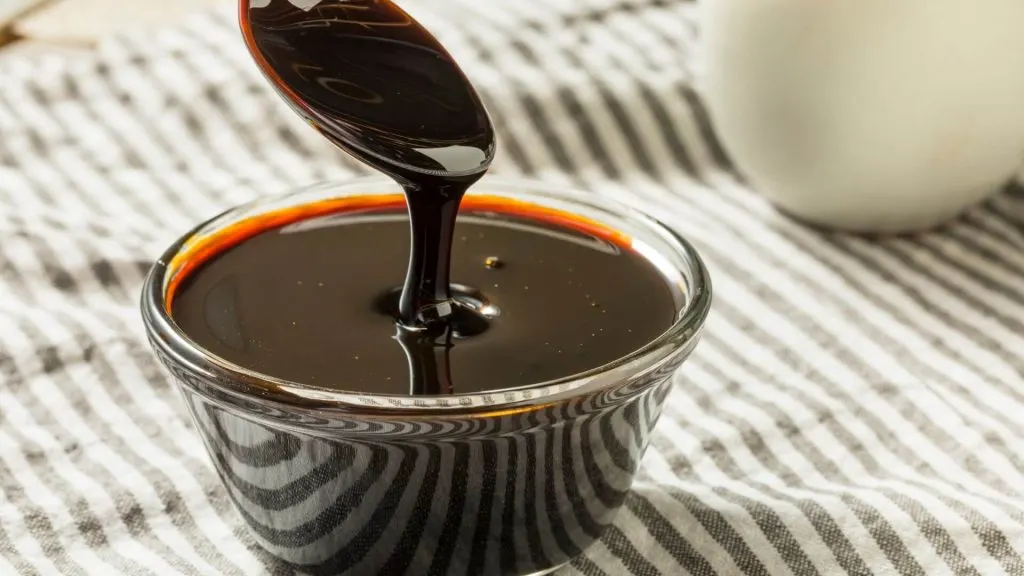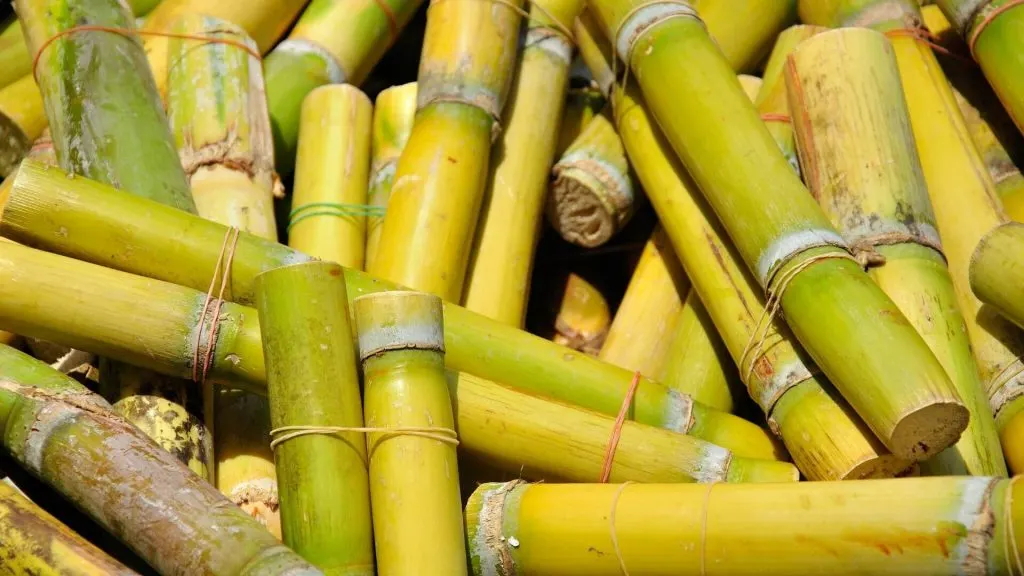The term “ribbon cane syrup” is doused on the web because of its abundance of benefits, but do you know what it is or how it differs from sugarcane syrup?
Here we are going to answer these questions for you.
Things About Ribbon Cane Syrup Everyone Should Know

The term “ribbon cane syrup” is doused on the web because of its abundance of benefits, but do you know what it is or how it differs from sugarcane syrup?
Here we are going to answer these questions for you.
What is Ribbon Cane Syrup
It is a type of sugarcane that is dark in color, but not as dark as molasses. This type of sugarcane is less pure than sugarcane as it is grown by small farmers. After processing, the final color of ribbon cane syrup is brown. How, then, is it different from sugarcane syrup? – We will answer this further.
Sugar Cane Syrup Vs. Ribbon Cane Syrup
The sugarcane plant is native to West Africa and Southeast Asia. Because of its role in the production of valuable sugars and rich soil nutrients, the plant was one of the first cultivated crops that could increase crop yields on fertile lands.
Ribbon cane syrup is used in many ways. For example, it can be used as a sweetener in a variety of foods and beverages. The syrup is mostly produced commercially, but some people harvest the sugarcane themselves and make it by boiling the sugarcane juice until it forms a thick syrup.
The original version of all types of sugarcane syrup was “ribbon cane syrup” because it is made from the pure form of the sap from a cut ribbon-like section of a sugarcane stalk, called “mague” in Spanish and “Zafra” in French.
For a better understanding, see the table to differentiate between sugar cane and ribbon cane.

| Sugar Cane | Ribbon Cane |
| Sugarcane accounts for about 70 percent of sugar production. Sugar beets are the only commercial product to produce this kind of sugar, which has a 30% market share. More than 100 countries cultivate sugarcane in tropical and subtropical climates. Sugarcane can be harvested after 10 months of maturity. Its height varies from four to twelve feet, depending on its maturity and type. | Ribbon cane resembles sugarcane in various ways. It grows 6 to 12 feet tall, and its ribbons with dark maroon stalks reflect the name ribbon cane. Previously it was used as a snack and as a syrup for food. |
| Sugarcane juice is boiled to extract in the form of syrup. However, it is not as pure as sugar and has a lighter shade. In many countries, such syrup is used as a drink and served with water, juice or ice. Sugarcane is yellow or light brown in texture and thick and sweet in taste. | It makes a dark syrup but it is not as dark as molasses. However, this type of syrup is less pure than regular cane syrup because it is produced by smallholder farmers. Ribbon cane syrup turns brown after the process is completed. Ribbon cane tastes sweet, while sugarcane syrup has a sweeter taste because it is less processed. |
Are Ribbon Cane Syrup and Molasses the Same?
Some people use the terms ribbon cane syrup and molasses interchangeably. However, molasses is made from sorghum syrup, bicolor, and the plant Saccharum officinarum. This type of syrup is made in the same way.
Therefore, it is believed that ribbon cane syrup, cane syrup, and molasses are produced differently, have different textures, and have different benefits. We will learn about the benefits of sugarcane syrup in the next post, keep reading.

Jessi is the creative mind behind The Coffee Mom, a popular blog that combines parenting advice, travel tips, and a love for all things Disney. As a trusted Disney influencer and passionate storyteller, Jessi’s authentic insights and relatable content resonate with readers worldwide.
